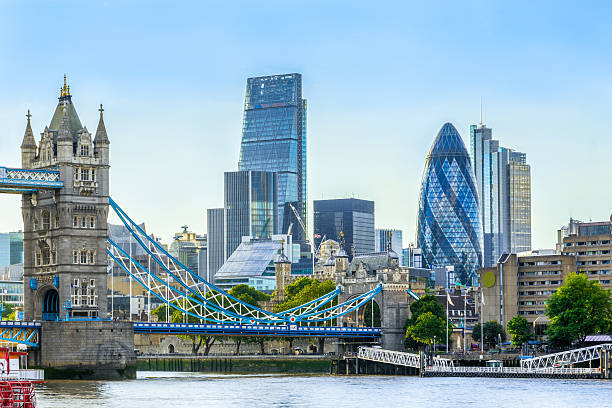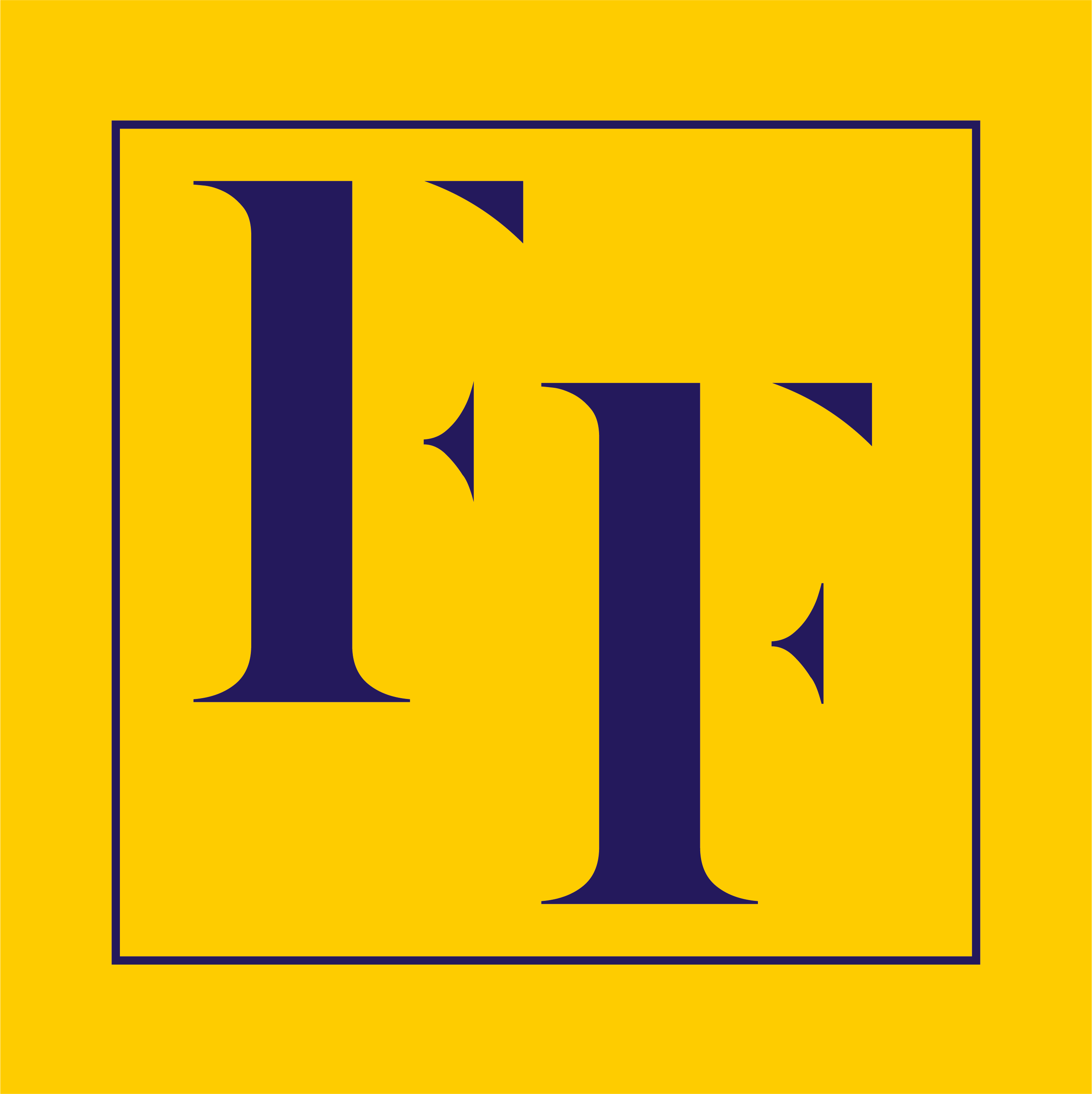
Who Owns London in 2025? Understanding the Landscape of Property Ownership
23 September 2025 By Falmouth Fairfax
The question of who owns London’s property remains complex in 2025, shaped by legal, economic, and regulatory factors. Ownership is distributed across a range of entities - including individuals, corporations, trusts, public bodies, and overseas investors - making a definitive picture challenging to construct.
Patterns of Ownership
Data suggests that ownership in London is both diverse and concentrated. While many properties are held by UK-based individuals and institutions, a significant proportion is owned through corporate structures or registered to overseas entities. In some cases, the beneficial owners behind these structures are not publicly identifiable, particularly where offshore jurisdictions or nominee arrangements are involved.
Ownership is often clustered geographically. Central boroughs such as Westminster and Kensington & Chelsea are among the areas with higher proportions of corporate and overseas-held property, though these patterns can be observed to varying degrees across other parts of the capital as well.
Transparency and Regulation
Efforts have been made to improve the visibility of property ownership in recent years. These include the introduction of registers for overseas entities and trusts, as well as enhancements to land registry and corporate reporting requirements. However, challenges remain in ensuring that ownership data is comprehensive, accurate, and accessible.
Not all ownership structures are necessarily opaque by design. Legal frameworks permit various forms of ownership and privacy for legitimate reasons. Nonetheless, the existence of such structures can create limitations for researchers, policymakers, and the public seeking to understand broader trends in property ownership.
Broader Considerations
Discussions about property ownership in London often touch on wider policy areas, such as housing availability, taxation, and investment flows. Perspectives differ on the extent to which certain ownership models influence affordability, urban development, or market dynamics. Some argue that investment contributes positively to the city’s economic development, while others raise concerns about underutilisation or price pressures in specific segments of the market.
Major London Properties and Ownership
The map below (taken from Property Week) highlights several landmark London buildings and their respective ownership structures - including domestic institutions, international investors, and state-backed entities. This visual offers a snapshot of the diverse ownership landscape across key parts of central and east London.
Examples from the map include:
Harrods – owned by the Qatar Investment Authority
The Gherkin – owned by Dome Properties (Luxembourg)
Salesforce Tower – owned by Pavilion Property Trustees
Leadenhall Building – owned by Fortune Sail International
One Canada Square – owned by CWC SPV4
Broadgate Tower – owned by Network Rail
Faraday Building – owned by BT
The Willis Building – owned by St. Martins Property Investments

London’s property ownership landscape is shaped by a wide range of actors, from local authorities and UK institutions to overseas investors and private companies. These ownership patterns reflect the city’s status as a global centre for investment, but they also raise important questions about transparency, accessibility, and long-term urban planning. As regulations continue to evolve and more data becomes available, greater clarity may emerge - offering a better foundation for informed policy decisions and public understanding.
Sources: Property Week, UK Land Registry, Inside Conveyancing
